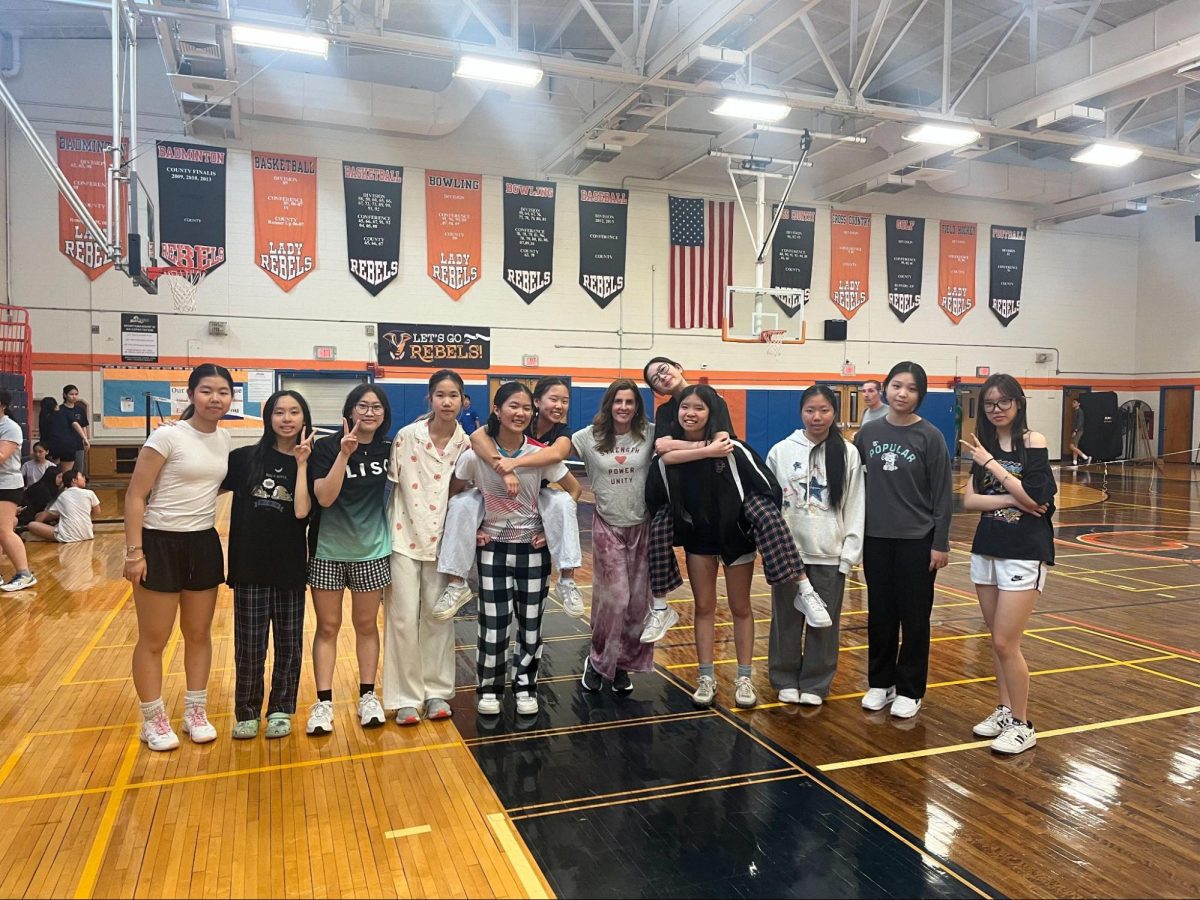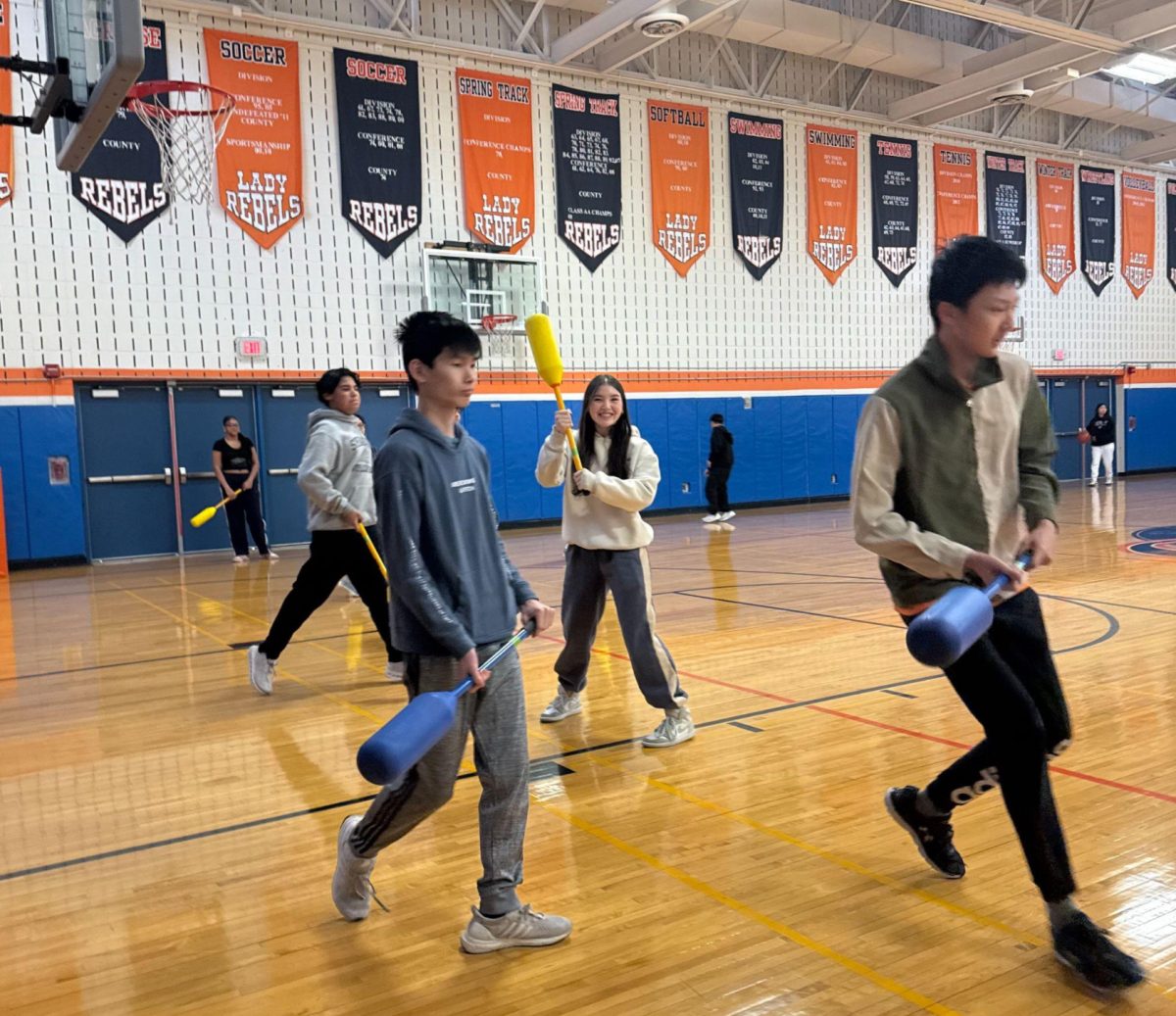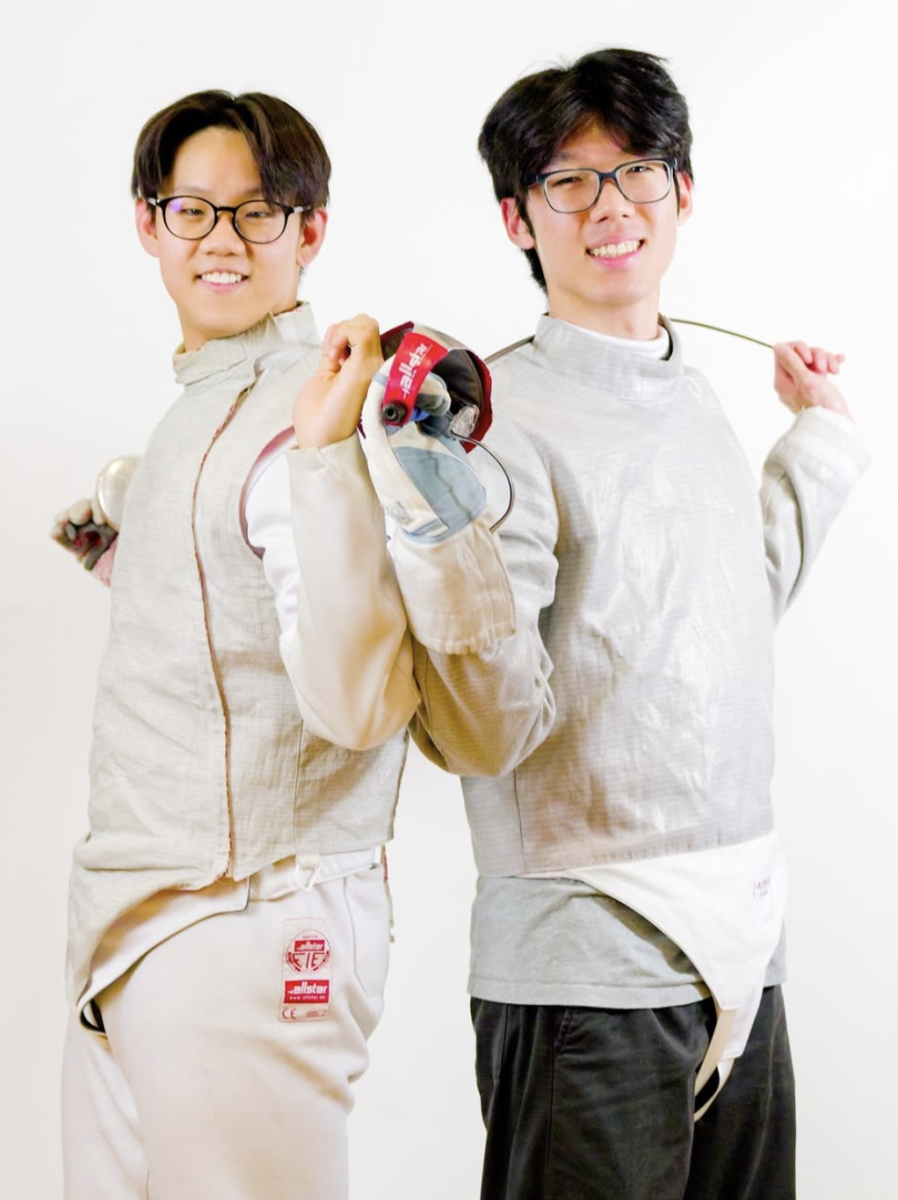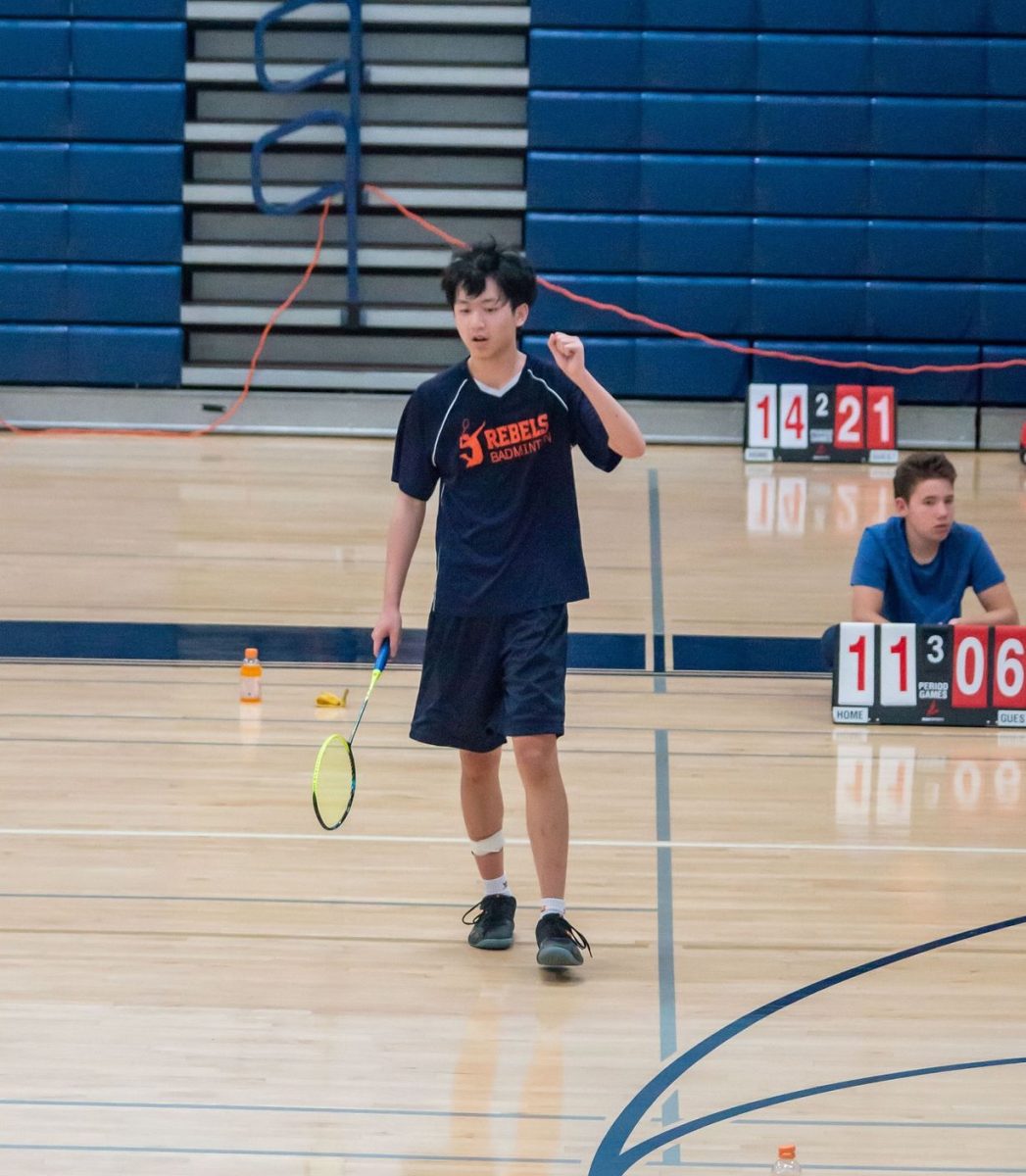By Betsy Tanenbaum

Injuring yourself in gym class or on a school sports team is really a bummer. Unfortunately, students throughout the United States sustain injuries to their ankles or knees that sideline them for weeks and/or months. To students, their parents, and their teammates, these injuries take a toll on many levels. Doctor visits, rehabilitation sessions, walking with the assistance of crutches, and losing the ability to blow off steam through exercise unquestionably add stress to the life of a high school student.
Fortunately, however, there appears to be a major push towards developing neuromuscular training programs that are designed to reduce and prevent the likelihood of these orthopedic injuries. These efforts have been prompted by an increasing number of sustained injuries, particularly on college playing fields. Many of these injuries are happening to freshmen that begin college with little or poor exposure to proper training techniques that prepares the ankle and knee for strenuous activities. As a result, serious knee and ankle injuries are being sustained.
The most common knee injury is related to the Anterior Cruciate Ligament (ACL), which helps stabilize the knee joint. This ligament is very susceptible to strain, not only in the trained athlete, but also in the reluctant gym participant. Though knee injuries are common between both genders during high school and college years, women have been shown to experience these injuries at a higher frequency. Research has identified that women in particular are predisposed to knee ligament injuries for a number of reasons: 1) women’s ligaments are more lax than men’s as a result of the hormone estrogen; 2) women’s muscle tissue is more elastic than men’s, allowing for excessive joint motion; and 3) the muscles that stabilize the knee have a slower reflex time in women, leading to less joint stability.
To address these injuries, specific neuromuscular training programs have been developed, which can be incorporated into warm-up routines. Early studies have shown that 50% of knee injuries can be potentially avoided by incorporating these exercises into daily warm-up routines.
Unfortunately, these programs have not found their way into the majority of high schools at the present time. It is possible that the fifteen to twenty minutes required to perform these exercises is not valued by coaches and training staff that have not been fully educated. It may also be that schools may find themselves more legally at risk if poor training techniques are blamed for injuries that still occur.
With regard to ankles, injuries are both frequent and evenly distributed between both males and females. Along with pre-practice and game exercises being encouraged, innovative ideas are appearing. Specifically, a basketball sneaker designed by Dr. Barry Katz of New Jersey seemingly reduces the potential for an ankle injury to a significant degree. Though the shoes are available in stores, none of the large shoemakers like Nike have shown any interest of putting this type of shoe into production, possibly because of their cost – $129.95. This price clearly would not attract high school students to purchase the shoe.

Although I always knew that these injuries could occur, it wasn’t until a good friend of mine tore her ACL that I realized how common these problems were. It took six to nine months for her ACL to heal, assisted by long hours of rehabilitation with a physical therapist and efforts at home. One can only wonder if a fifteen to twenty minute exercise routine prior to real live practice could have prevented this injury and saved her from the disappointment of missing almost a year of team play. Even now – though she is back on the playing field – she must wear a brace that prevents her knee from moving side-to-side.
Currently the most studied neuromuscular training programs are the PEP Program, which was developed by the Santa Monica Sports Foundation, and the FIFA 11 program, created by the international governing body of soccer. Their mission is to identify the underlying causes of musculoskeletal injuries and to discover and develop effective interventions for prevention, diagnosis, and treatment of these injuries. The program involves a highly specific fifteen-minute training session that replaces the traditional warm-up. The program educates players on strategies to avoid injuries and includes exercises targeted to prevent vulnerable positions, increase strength, agility, and flexibility, and include plyometric – rapid and repeated stretching – exercises. The beauty of these programs is that they are free and coaches need no training to teach them to students.
Hopefully these programs are brought to the attention of the coaching staff at South so that future generations of student athletes can avoid these common injuries.
Categories:
Gaining Ground on Athletic Injuries
June 3, 2014
0
Tags:
More to Discover






